
A Comprehensive Guide to eSIM vs iSIM
What's the difference?
No modern smartphone can be imagined without a SIM card. It does not matter what kind of SIM card it is: an ordinary plastic one with a small chip or a built-in eSIM. In any case, in order for the phone to ring and write, something in it must be there. Apple has always been ahead of the planet and promoted the reduction of SIM sizes or abandoning them altogether. Cupertino has long cherished the dream of an iPhone without connectors and buttons, which would significantly reduce the cost of wxaater protection. And just recently Qualcomm introduced the next generation of SIM cards - iSIM, which is embedded directly into the processor of the device. Let's find out how iSIM differs from eSIM and when we should wait for iPhones with the new technology.
What is eSIM (Embedded SIM)?

Let's start with eSIM. The reason eSIM is a fairly well-known technology is that it has been implemented in many of the modern smartphones, tablets, and smartwatches. An eSIM is just a small chip contained in the device. Those who love traveling like this format of roaming data SIM cards. Some called it a "SIM card for travel". It is a very popular calling, but it is not completely accurate.
To use an eSIM, you need to go to the operator's website and activate your account. If you have difficulties at this stage, learn how to unlock your phone to use eSIM. After that, you will be able to set up your virtual SIM card with the help of an app. Just install it from the App Store or Play Market (depending on the Android or iPhone smartphone you're using) The activation process usually takes a few minutes, after which the eSIM service will allow you to use your own virtual number and the VPN built into the app.
What is iSIM
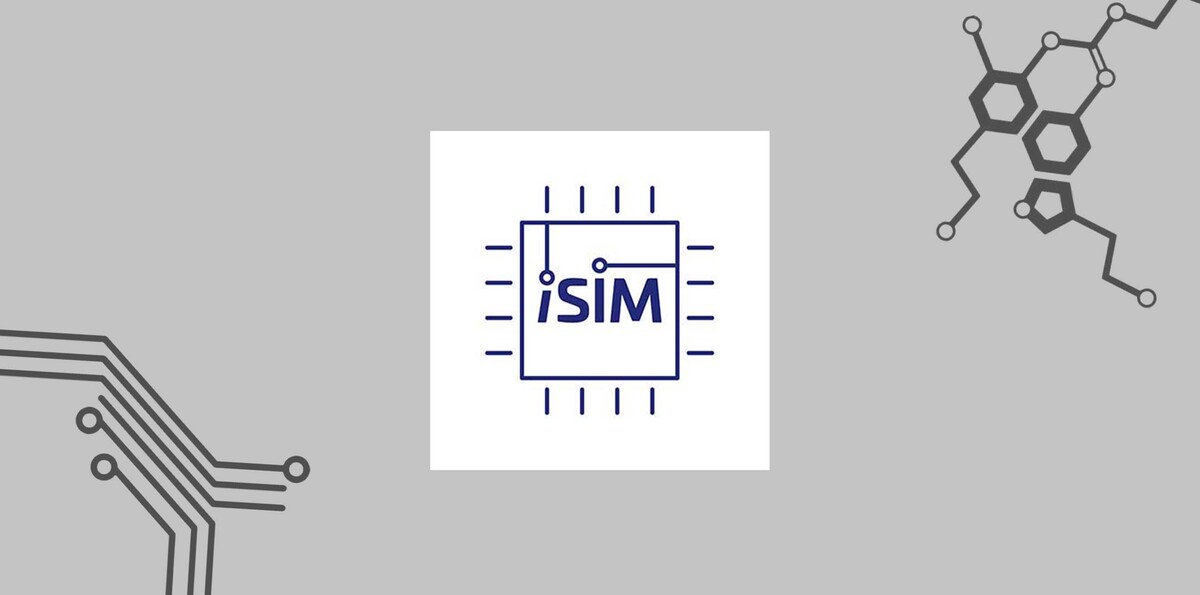
iSIM stands for integrated SIM or, simply put, integrated. It is located inside the chipset and does not require a separate power supply and connection to the modem. Based on this, you can immediately realize that there will be free space in the smartphone. At least, it will allow a slightly larger battery, and as a maximum - to come up with something interesting with cameras, simply by moving the other components. Well, as Qualcomm notes, due to the fact that a separate power supply for iSIM is not required, the battery consumption for cellular networks will be lower. I would like to know specific figures, but so far they have not been given.
Compatibility
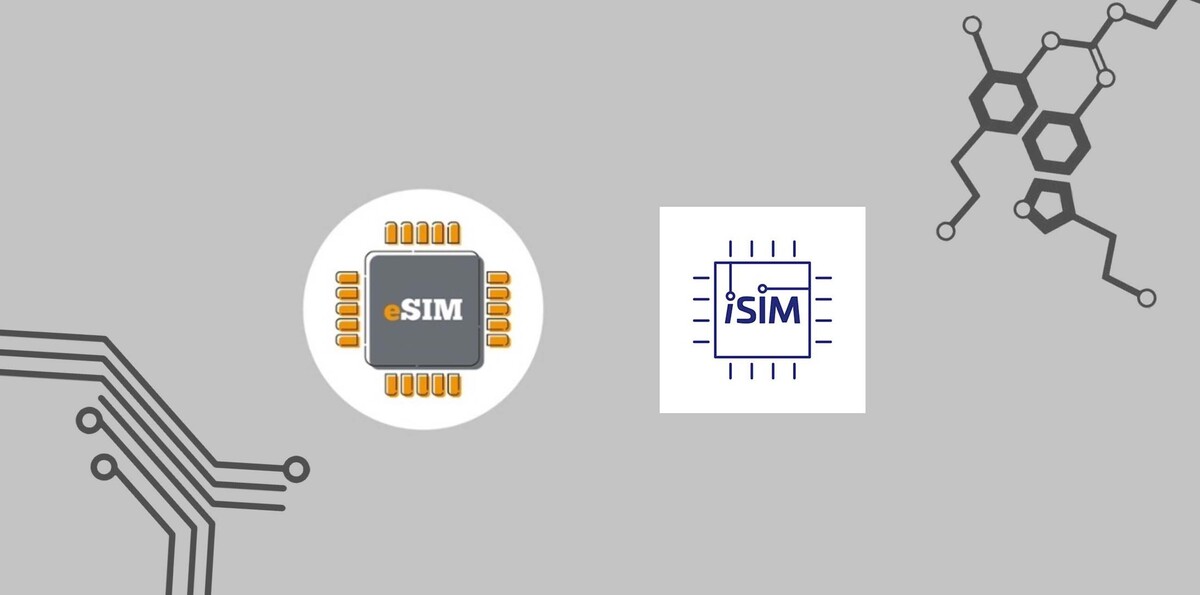
It all sounds promising, but you probably already have a question: will it all work well? Here everything is very simple. iSIM is fully compatible with eSIM, and you won't have to change your mobile number registration procedure or infrastructure. It is either added via the Yesim mobile application or transferred from another smartphone. Therefore, users will not even notice the difference.
The first smartphones with iSIM appeared based on the Qualcomm Snapdragon 8 Gen 2. iSIM during the presentation was demonstrated on Samsung Galaxy Z Flip 3 running on Snapdragon 888. And by the way, we can now expect that cheap Android smartphones will also get iSIM. If eSIM tried not to embed in them, so as not to increase the cost, then the SIM card will be immediately in the processor, and there should be no problems.
iSIM in Apple Devices
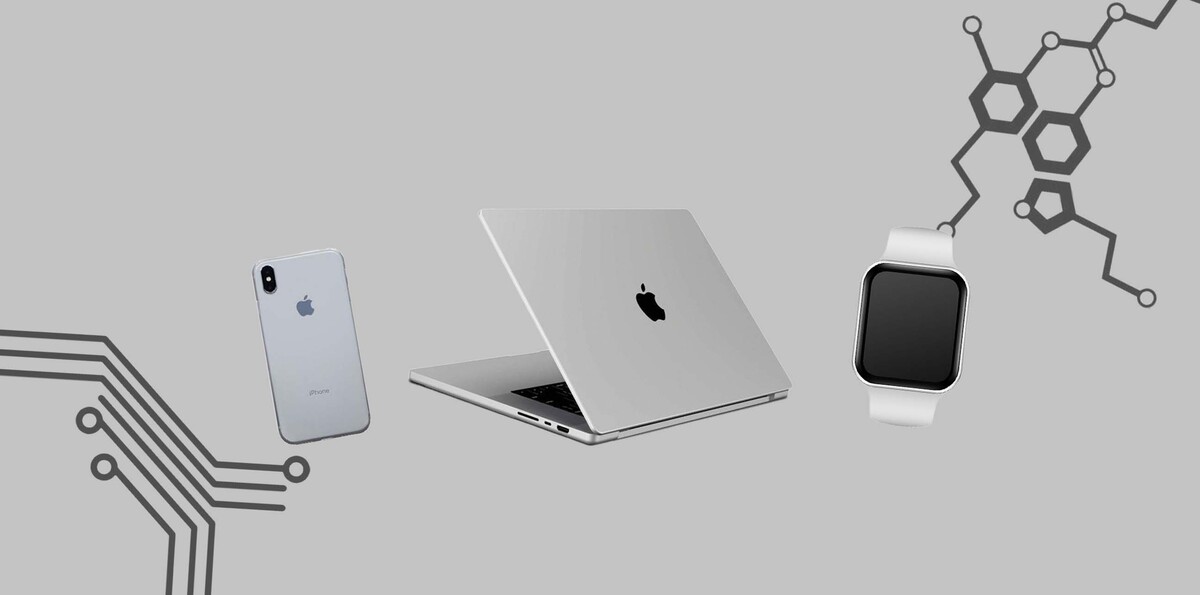
Since Apple has been using its own processors for a long time, it will not be possible to take Qualcomm technology and put it into a chipset. Either you need your own development or licensing. Lately, there have been active rumors that Apple plans to completely abandon cooperation with Qualcomm and start producing even their own modems, then hoping for too fast appearance of iSIM in their equipment is not worth it.
iSIM in iPhone
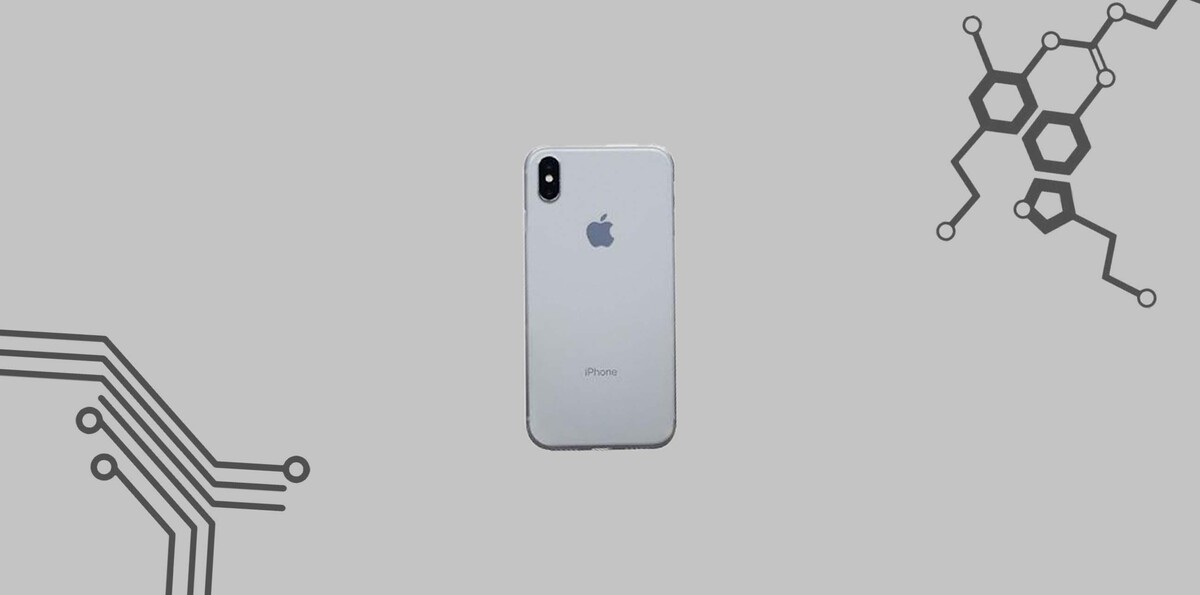
The iPhone 16 and iPhone 16 Pro didn't get iSIM support this year. We'll try to bet on 2025 and Apple's A19 processor. But this is still a positive forecast. Especially since Apple's new chips are now only available in PRO versions, the basic models will still work with eSIM. Still, we would like the most expensive flagship smartphones in the world to support all the coolest technologies. So we can only hope that Apple will add iSIM to its devices in 2025.
iSIM in MacBook
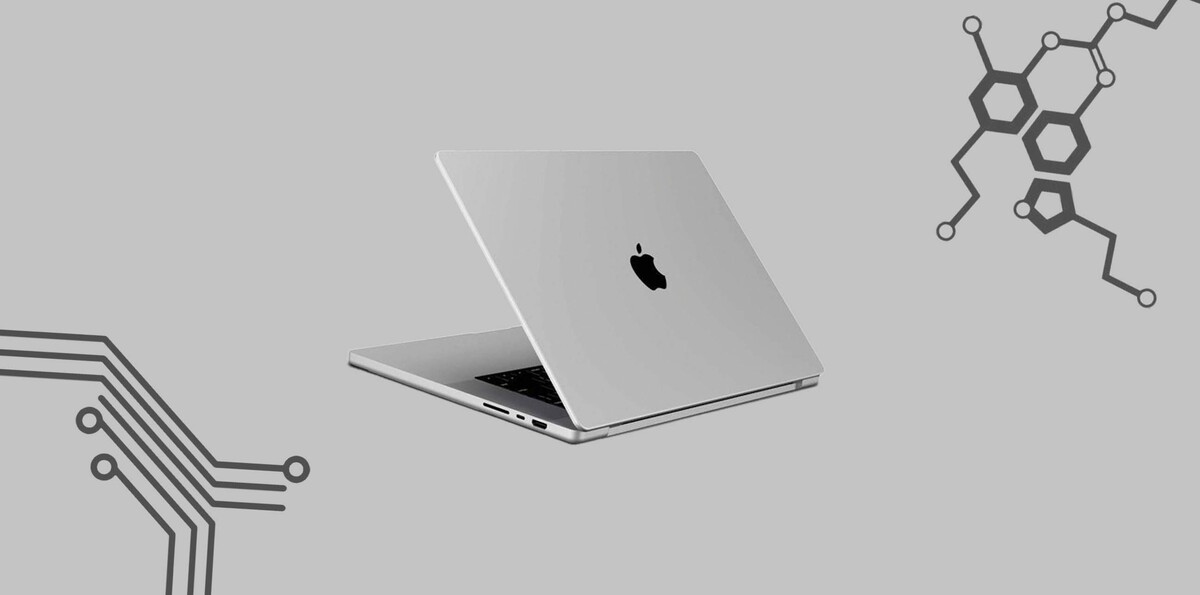
It will now be possible to release MacBooks with iSIM without any problems or space costs. Since almost all Apple laptops have been running on Apple's ARM processors for several years now, there should be no problems with integration. The only thing left to do is to add iSIM to the chipset and that's it. The Internet will be available in any place where there is no Wi-Fi. And it is not necessarily limited only to laptops. Such technology will not be superfluous in stationary computers either. Although most often they are placed in the area of strong Wi-Fi reception, as a backup source of the Internet it can be quite useful.
iSIM in Apple Watch
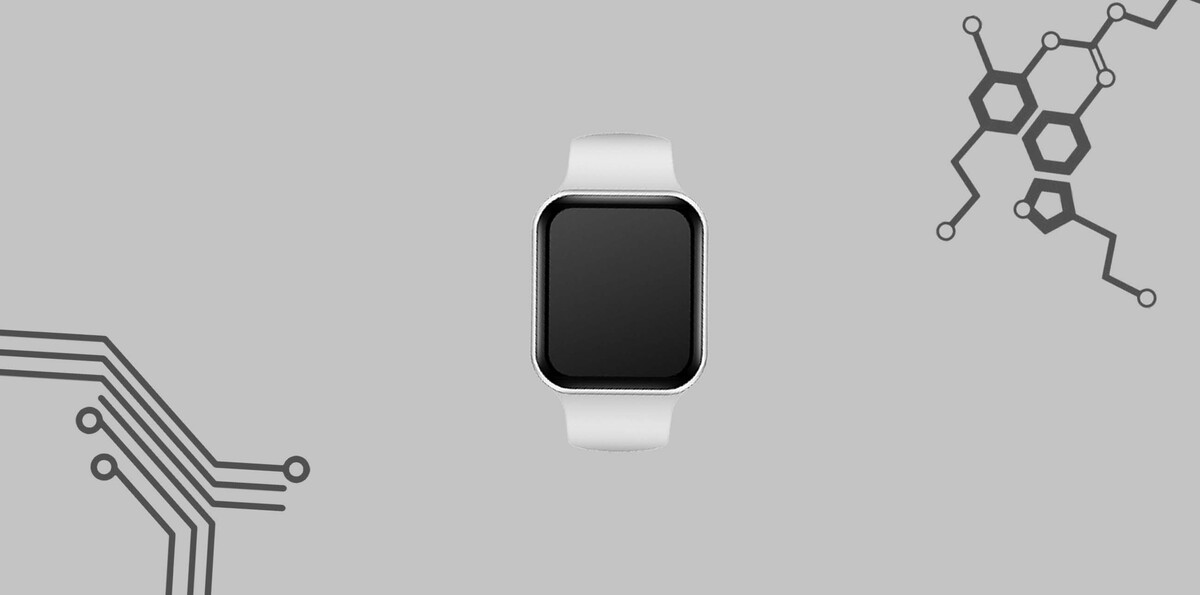
Well, there will definitely be iSIM in the Apple Watch. Power consumption in the Apple Watch is one of its weaknesses, so any way to reduce it is 99% likely to be realized. Of course, I would like to see how much less power the iSIM uses in normal everyday use, but unfortunately, this is not possible at the moment.
Conclusion

The jump from eSIM to iSIM is a giant leap in mobile technology. Although eSIM is widely available already and brings convenience and flexibility, iSIM promises to bring more. It integrates into the processor and saves space, reduces energy consumption, and reduces the cost of manufacturing. With the growing demand for smaller and more energy-efficient solutions, the industry could witness iSIM become the norm for next-generation connectivity — redefining the way we connect to mobile networks.











